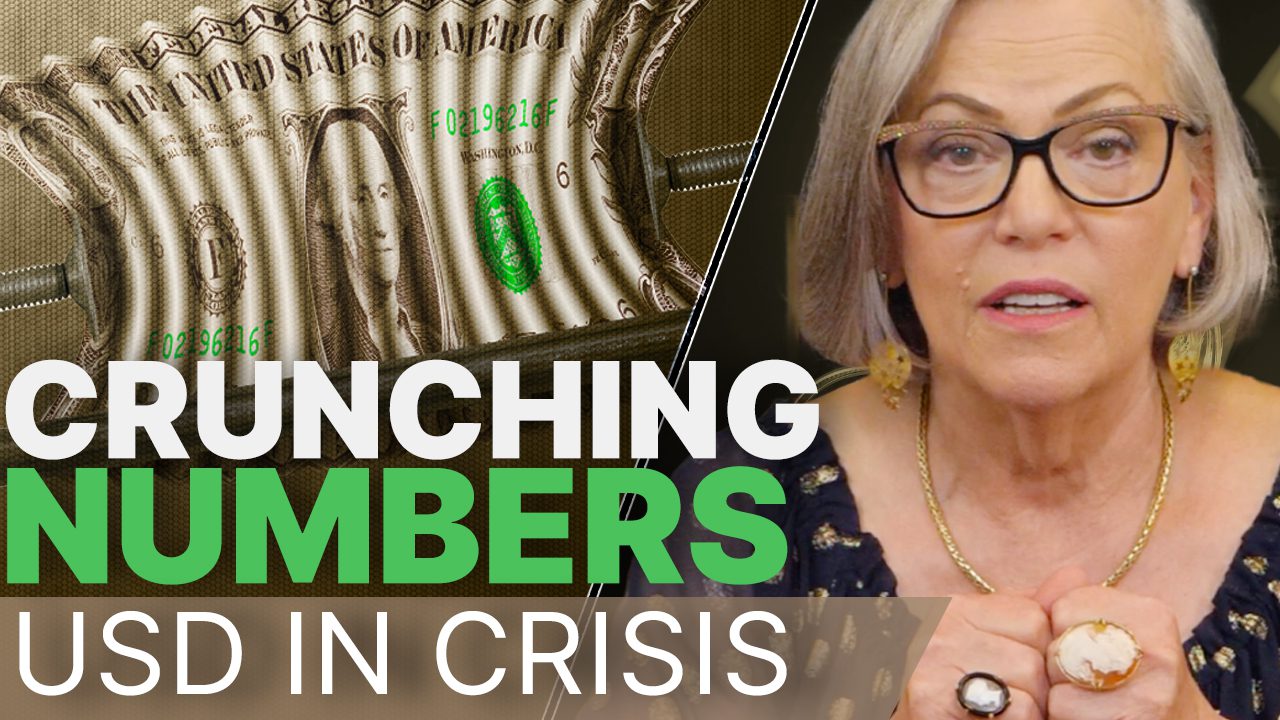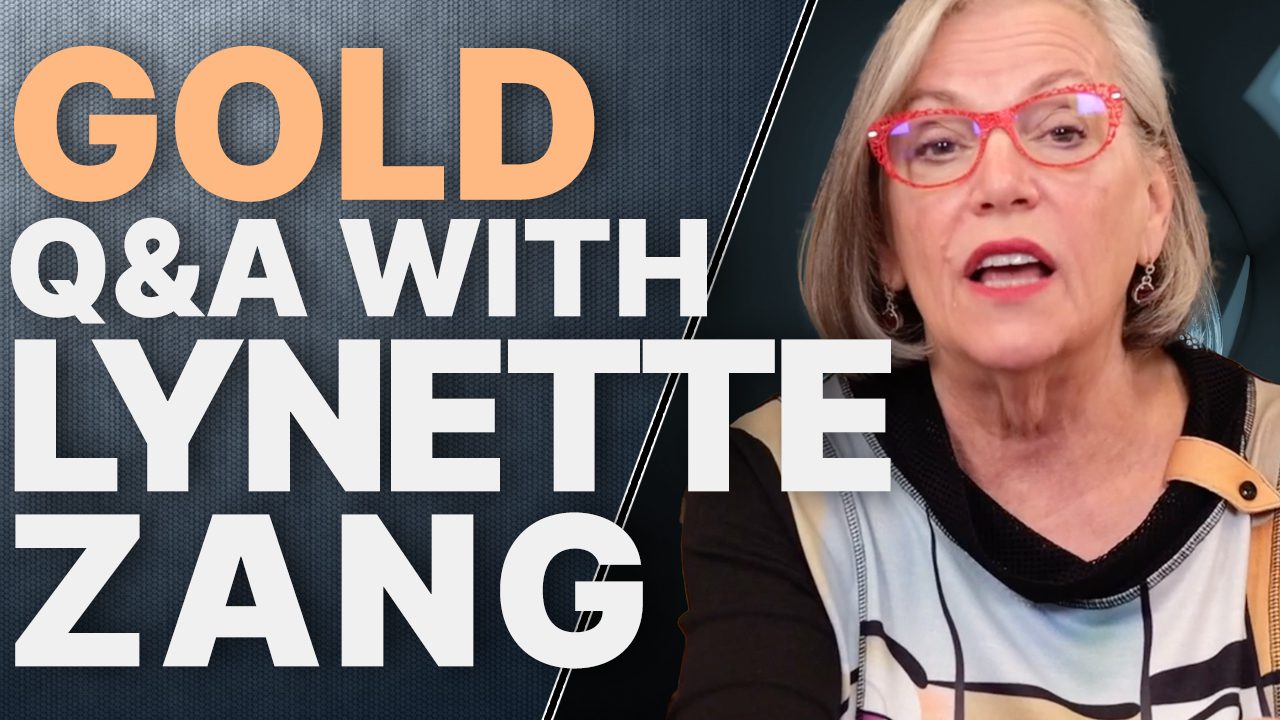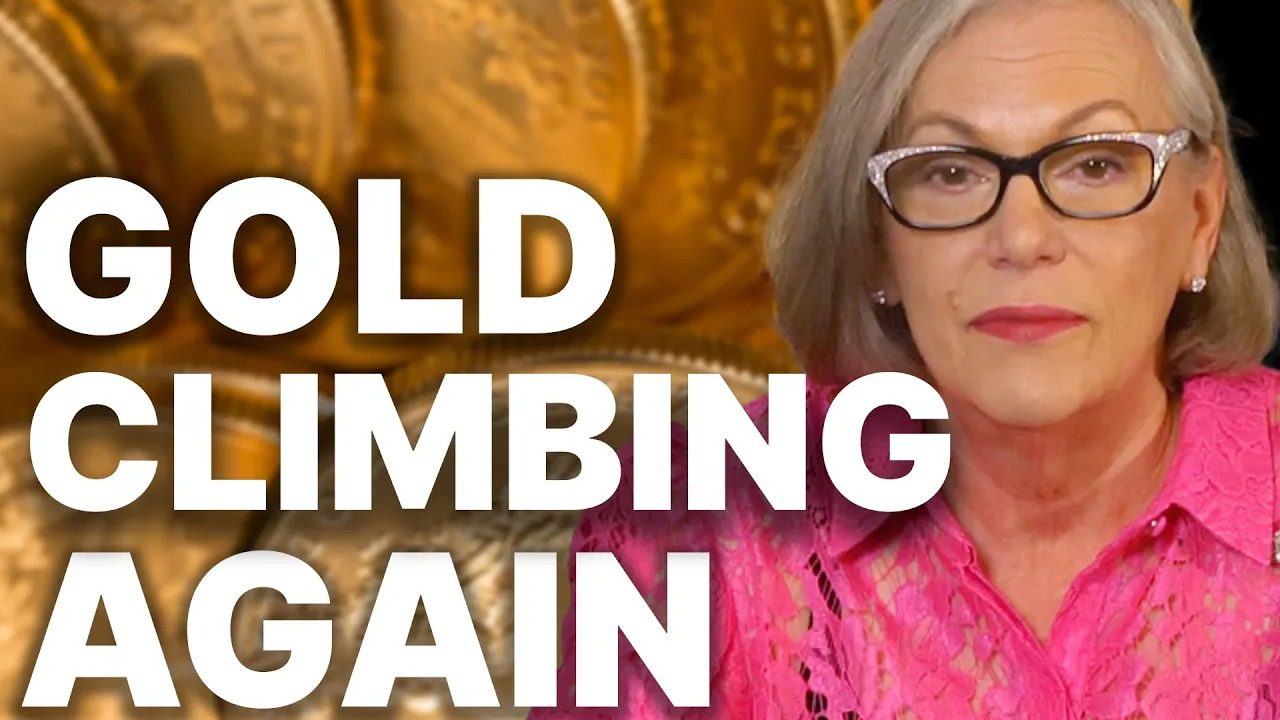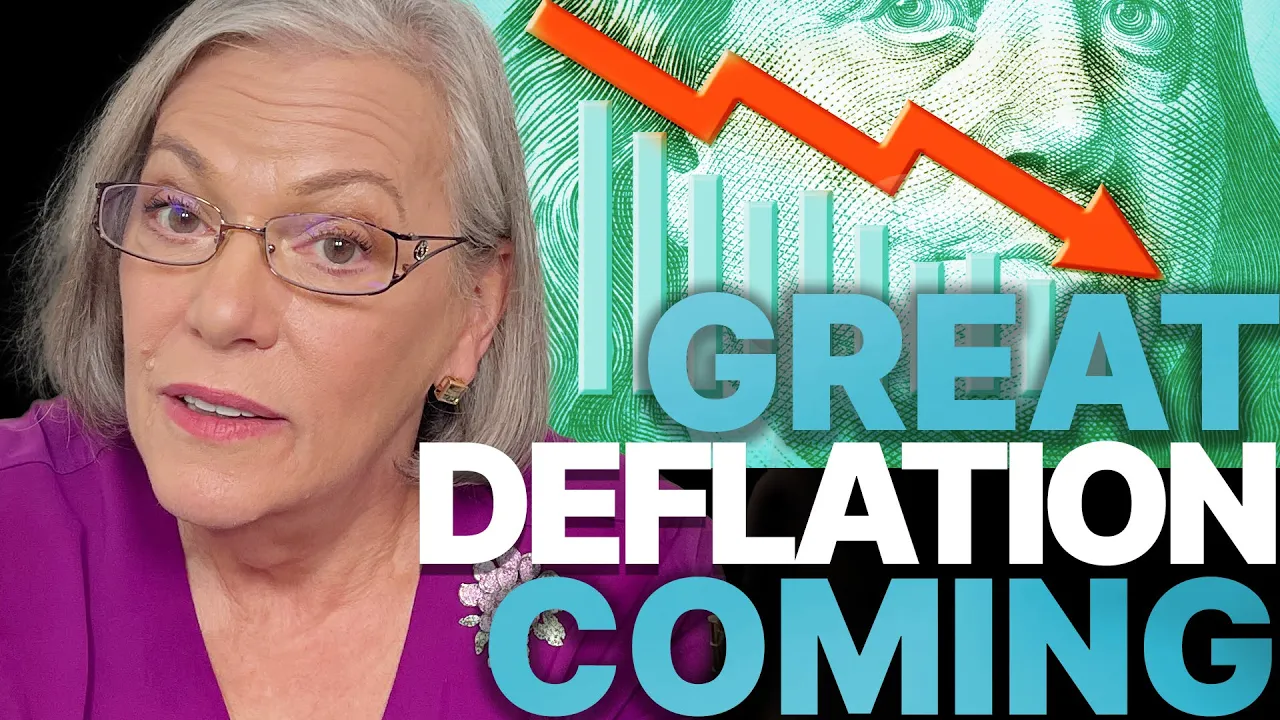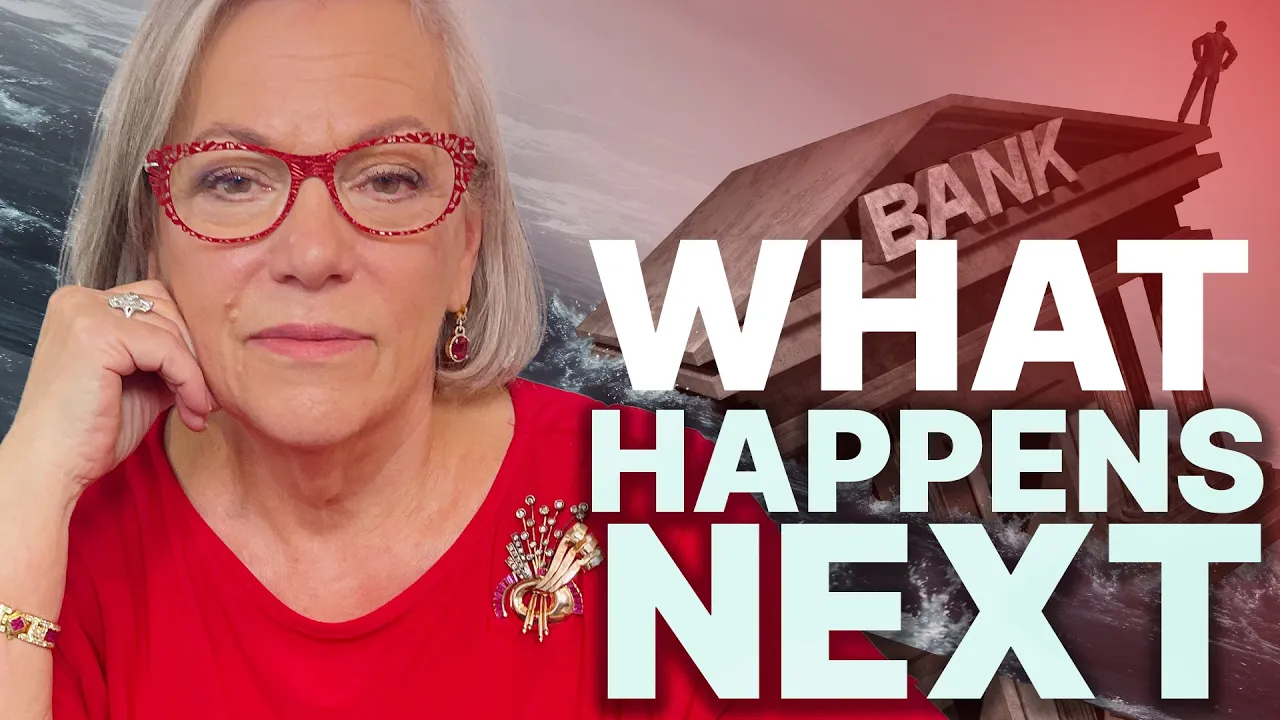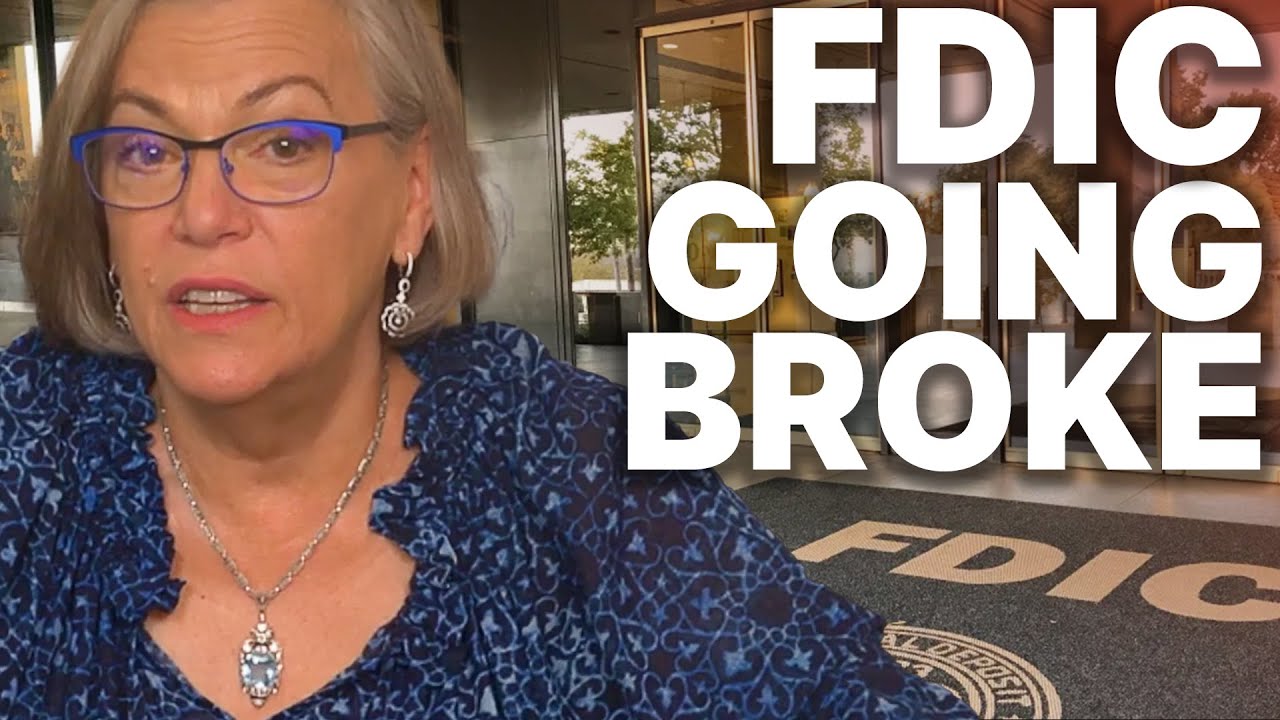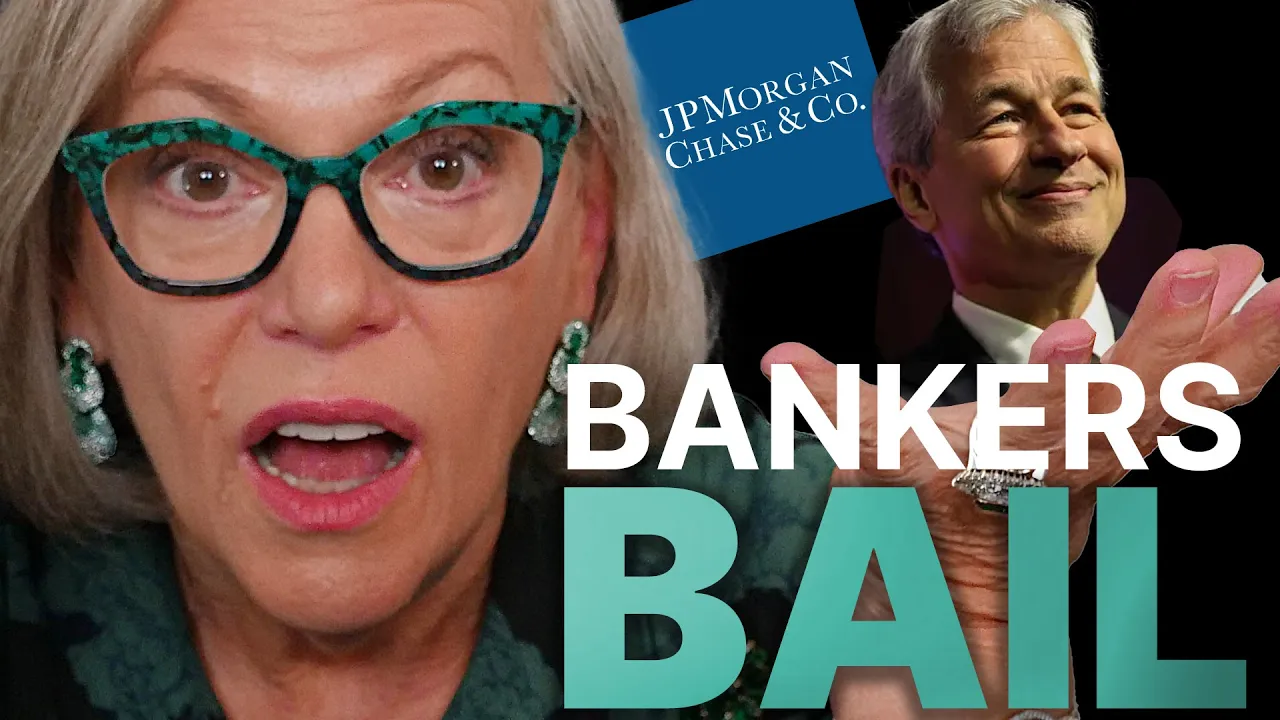Why The Gold Standard Matters More Than Ever – ITM Introduces Taylor Kenney!
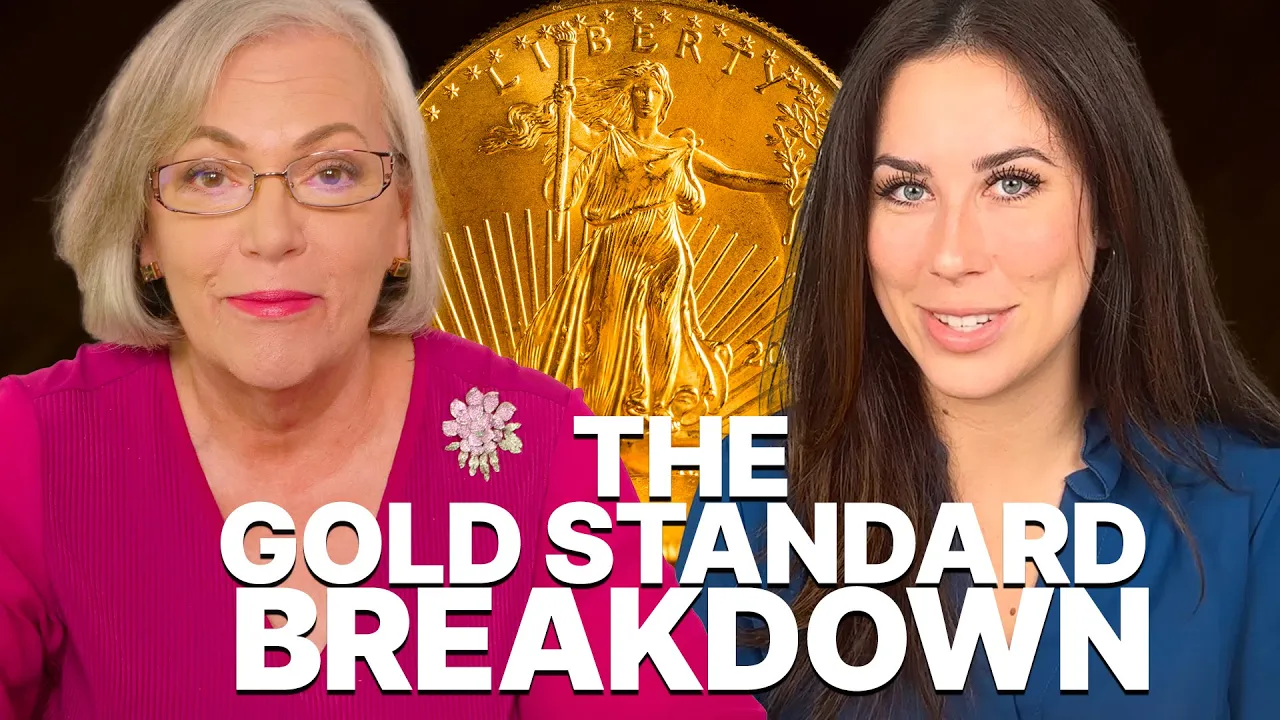
Exploring the significance of the gold standard and its relevance in your life today. The gold standard refers to a monetary system in which a nation’s currency is directly linked to the value of gold. Let’s delve into the historical background of gold in the United States and understand why it continues to hold immense importance in the present era.
CHAPTERS:
0:00 Special Announcement
0:44 History of the Gold Standard 1900 -Today
3:00 Passing the Gold Standard Act
3:44 Emergency Banking Act
7:16 Nixon Ended Gold Standard
7:39 Perceived Value
9:16 Stay Protected
TRANSCRIPT FROM VIDEO:
Eric Griffin:
We have a very special announcement. We have Taylor Kenney here with us today. She’s our new addition and she we’re super excited.
Lynette Zang:
I am so excited. Taylor really brings another I think layer and other elements that are gonna be beneficial for all of our viewers.
Taylor Kenney:
Once I started digging into the history of gold, the US dollar today, then I started seeing central banking, digital currency, everything that’s coming. It just made me realize the lack of faith that I have in the US dollar and that is what really stood out to me and how people need to be aware.
Lynette Zang:
You just gave me chills because that’s true and and when I get the chills. Yeah.
Taylor Kenney:
What was the gold standard and why should you care about it? Hi everyone, I’m Taylor Kenney, and today we’re gonna dive into history of gold in the United States and why it affects you today more than ever. To put it simply, the gold standard is a monetary system where a country’s currency or paper money’s value is directly tied to gold. So under this system, there’s a fixed exchange rate between a country’s currency and gold, it really wasn’t that long ago that you were actually able to take your US dollars to a bank and exchange them for actual, tangible, real gold. Sadly, that is no longer the case, but I’m getting ahead of myself. Let’s start back at the beginning. The first country to formally adopt this gold standard was Great Britain. Back in the 18 hundreds, there were many pros, but the number one reason they adopted it was stability.
I don’t have to tell you about the pain of inflation, we’re going to get to that a little bit later. But with the gold standard, stability was key. Currency fluctuations were prevented, and the possibility of inflation was reduced because a country’s currency was tied to the value of gold. And gold. This is really important, is a finite resource. Now, let me pause real quick. A lot of you probably know this, but I’m always shocked by how many people don’t. You heard me correctly. Gold is a finite resource. So in addition to being tangible, there is only X amount of gold in the world. The earth is not producing more, we can’t create more. There is only how much gold there already is. Now, yes, we haven’t mined all of it up, but we have identified roughly how much gold is out there. So we know how much gold there is.
There is a finite amount of gold. So this ties into really the main reason why the gold standard is so important, which was discipline. A country was forced to be disciplined because there’s only so much gold, a finite amount of gold. A government can’t just produce more money, print more money, create more money out of thin air. If the value of a country’s currency is tied to gold, there’s only so much gold that exists. Therefore, this helped prevent overspending and prevent amassing excessive debt. Sound familiar? So let’s get to the US. Cut to the turn of the century 1900, the US passes the gold standard Act. Under this law, US dollars were defined as equivalent to a specific weight of gold. Therefore, US dollar and gold could be exchanged, and that was a fixed exchange rate. Another key benefit of the gold standard is that it made for really easy international trade. If all currencies are linked to the value of gold, it is universally recognized and makes international trade much easier. So once the US was on the gold standard, there was a boom of peace, prosperity, trade. And if all of this is true, what happened and why aren’t we on it today?
First things first, the Great Depression. In 1929, there was the great stock market crash. Unemployment was up. There was a banking crisis, and times were tough In 1933. In response to the Great Depression, the US government passed the Emergency Banking Act, which required individuals to turn in and sell their gold for a fixed rate of $20 and 67 cents per ounce or face stiff fines or possible imprisonment. The next year, the US government revalued gold to $35 per ounce, thus devaluating the US dollar by 42%. Doesn’t sound fair, does it? Behind all this, at the time the US was facing a severe banking crisis, they needed to find a way to increase money supply so that they could prevent further bank failures and avoid any kind of economic disruption.
The Gold Reserve Act lasted from 1934 to 1974 and made it illegal for individuals to own more than five ounces of bullion gold. However, collectible coins were exempt from this confiscation due to their rare or unusual value. This is why our Chief Market Analyst, Lynette Zang, only owned specific collectibles, but that’s another video for another time. By requiring citizens to turn in their Boolean gold, it increased the amount of gold reserves held by the Federal Reserve, which in turn was able to increase the money supply and make financial decisions unconstrained. It was like a makeshift gold standard. Under this system. Other currencies were linked to the US dollar, which in turn was linked to gold. So instead of currency being directly linked to gold, currency was linked to the US dollar as the middleman, which in turn was linked to US gold still at $35 per ounce.
At first, it worked reasonably well. Trade was going well. There wasn’t inflation, as you can imagine. However, it did not last. Let’s cut to the end of the 1950s. At this point in time, European countries were doing well. They had a surplus in their balance of payments, so more being exported than imported, and the US was playing counterpart to that debt. So the US debt was starting to grow. It was mutually beneficial on the surface, and for a short period of time, international economies are growing. The US economy is growing. But let me remind you, we’re still on the Bretton Woods System. So throughout this whole system, any currency that’s linked to the dollar is linked to gold, valued at $35 per ounce. That is that fixed rate, right? So there’s more flexibility happening, but behind the scenes, there is still a promise that the US dollar is backed by gold.
As we move into the sixties, there begin to be more concerns and questions around the US’ ability to actually back the dollar by gold. It doesn’t help that in 1967 Britain actually had to devalue their currency. So now there becomes more concerns around the US potentially having to devalue the dollar, which is bad news for everyone. Around the same time, there’s also a shift in how the US Federal Reserve was operating. Up until the mid sixties, there was much value given to the US balance of payments deficit or debt and how much gold we actually had stored. That changed in 1965. The Vietnam War social programs were not cheap. So there became a shift in the way that things were viewed, which was it’s okay to run up the debt, it’s okay to take on more debt. Eventually it will all, even itself out because employment will be up, economy will be up, and therefore things will just take care of itself.
As you can probably imagine, that is not what happened. And at this point, the pressure is on. It’s clear that the US can no longer back its dollar with the promise of gold. So on August 15th, 1971, President Richard Nixon decided to end the gold standard or the Brenton Woods standard of the US dollar being backed by gold. Once gold convertibility was suspended in 1971, the Brenton Woods system pretty much collapsed over the next two years. So what happens next? Well, essentially the collapse of the Brenton Woods system makes the US currency Fiat money. Fiat money is made up money monopoly money. It is just a perceived value. It’s not backed by anything. The only reason it has value, again, is because it has a perceived value. The government says it has value, therefore it has value. The biggest disadvantage of fiat money is that governments can do whatever they want, right? There is no oversight or control. If they wanna print more money or take on more debt, they are able to. This of course, runs the risk of inflation and currency fluctuations at a much higher rate. And just as I explained earlier, since it has no intrinsic value, it runs the risk of being jeopardized based on poor government decisions such as interest rate change or social program funding, additional debt, debt ceiling being raised, whatever it might be that have a real world impact on the value of the currency that you have in your pocket. This is one of the many reasons why people are so concerned with the US debt. If we keep taking on more debt, more debt, more debt, what happens when someone calls our bluff and we literally cannot pay back our debts? If we were to lose faith in the US dollar, other countries lose faith in the US dollar, it would be an overnight devaluation.
It is a slippery slope and an economic crisis waiting to happen. So how does all this affect you? I mean, I personally can’t think of anything more important than understanding how the currency in your wallet is backed by or in the case of US dollar not backed by anything, but instead is just a perceived value and how fragile that is. That is of the utmost importance. The way I think about it, I think about it, two things. One, on a personal level, I ask myself, how can I be protected? And I don’t want something that’s fake. I want something that’s tangible and real, such as gold. On a big picture level, it’s tough to say, would the US ever go back on the gold standard? There are so many political, economic, social, societal things that would go into that to make that happen, I don’t know.
But while I can’t predict that, I can predict that gold, which has been used as a function of money since the dawn of time, basically 2,600 BC, I think was the first recorded use of it as a function of money. That gold will be used today, tomorrow, and forever as money. That’s why when I think about wealth management, I think of gold. I want something that is tangible, universally recognized and finite, not depended on the whim or governments or policies or politics. I wanna be in control of my own money and of my own future. I hope you learn something new today about our dollars History gold in the US and gave you some food for thought when you think about your own finances. If you’re not already subscribed, make sure to hit the button below. I have a ton of great things to get into over the next couple weeks coming up, and I really look forward to digging into them with you next time.

